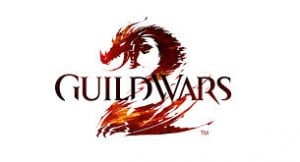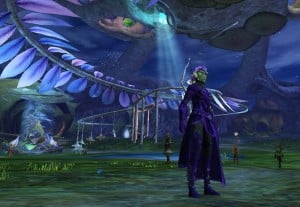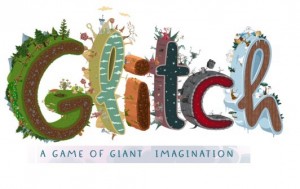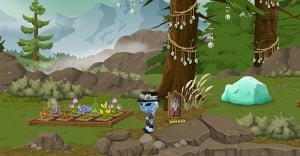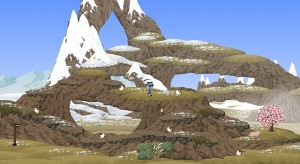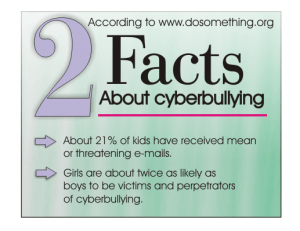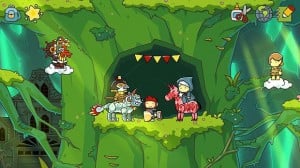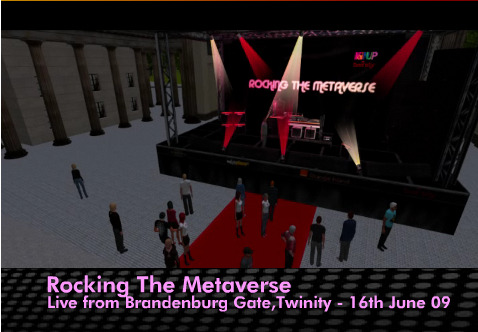 Since it’s Google I/O Day (“Google I/O is an annual developer-focused conference held by Google in San Francisco, California”), and we see gobs and gobs of awesome updates regarding Google’s releases, products, and launches, I thought it might be nice to share some digital information from the week, thus far! Please enjoy — and if you have additional articles or cool updates, do not hesitate to share in the comments below.
Since it’s Google I/O Day (“Google I/O is an annual developer-focused conference held by Google in San Francisco, California”), and we see gobs and gobs of awesome updates regarding Google’s releases, products, and launches, I thought it might be nice to share some digital information from the week, thus far! Please enjoy — and if you have additional articles or cool updates, do not hesitate to share in the comments below.
1. Google Drive is trying to be friendly with Microsoft
Can I saw… PHEW??? Oh my gosh, seriously. I’m a big supporter of Microsoft Word (I’m a writer at heart), but I am also a big supporter of Google Drive’s wonderful tools for sharing and collaborating. I cannot tell you how often I end up transferring a draft from Word into a Google doc and having to go back and reformat every little detail. For me, this is absolutely grand news!
2. The Internet of Things…
Explained by Mashable, here’s a lovely video that explains how the internet works with various household appliances, and what to expect from that digital relationship. It’s short, and sweet, but also a fun reminder of how innovative and smooth our world is becoming!
3. Amazon is ordering GrubHub to go…?
I work from home, and there are days when I look up and it’s 6pm and I’m still hard at work, and a quick run to the grocery store is out of the question. GrubHub is my bestie. I love this app so much. I realize there are others like it, but I am a pretty loyal lady when it comes to relationships with inanimate things (case in point: I truly believe that my car will heal itself after that little run-in with a tight parking spot). My only frustration with GrubHub is that I wish it had a wider reach for delivery or options. The idea that Amazon – which specializes in bringing me everything I want (just about) is going to take on GrubHub? Ruh roh! I’m interested to see how Amazon might expand on what GrubHub, and other apps like it, have established.
4. Heads up, Parents! Facebook’s Slingshot is live.
Facebook’s new Slingshot messaging app, the one that forces friendship through a special reciprocation mechanic, has today launched worldwide. Originally, the app was only available in select areas.
Slingshot is another poke at Snapchat, which has proven to be a real threat to Facebook, especially given that Snapchat doesn’t rely on Facebook or integrate with their APIs in any way.
The new app lets you send photo and video messages with your friends, complete with doodles and effects, but there’s one catch. You can’t view the content of an inbound message until you’ve sent that person a response.
 Most of us have heard of SnapChat by now (and if not, here’s a handy parents’ guide to SnapChat from our friends at ConnectSafely.org). So, if you want to stay up-to-date with the tech you should be concerned with, here’s your chance – dive into that article, and maybe look into the app yourself and explore Slingshot.
Most of us have heard of SnapChat by now (and if not, here’s a handy parents’ guide to SnapChat from our friends at ConnectSafely.org). So, if you want to stay up-to-date with the tech you should be concerned with, here’s your chance – dive into that article, and maybe look into the app yourself and explore Slingshot.
5. Combatting Online Harassment
We, at Metaverse Mod Squad, are often involved with some AWESOME gaming companies, and cool social projects. We see the bookends of social behaviors, and we are the police-people of trolls (the digital kind, not the Norwegian kind). We see the highs of community, and the lows, and we also understand how and why companies respond to these behaviors as they do (it’s not always simple). What I love about this article is the time, acknowledgement, and care that Riot Games puts into their audience experience. They truly have done a fantastic job building innovative ways to combat bad behavior in their games. It’s so darn admirable, and I’m proud we work with them!
“If we remove all toxic players from the game, do we solve the player behavior problem? We don’t.” [Jeffrey Lin, Riot’s lead designer of social systems] That is, if you think most online abuse is hurled by a small group of maladapted trolls, you’re wrong. Riot found that persistently negative players were only responsible for roughly 13 percent of the game’s bad behavior. The other 87 percent was coming from players whose presence, most of the time, seemed to be generally inoffensive or even positive. These gamers were lashing out only occasionally, in isolated incidents—but their outbursts often snowballed through the community. Banning the worst trolls wouldn’t be enough to clean up League of Legends, Riot’s player behavior team realized. Nothing less than community-wide reforms could succeed.
Please check out that article. It’s a fantastic guide to Riot’s approach to community, and providing a full experience for all players.
6. Second Life for the Rift Oculus Win!
For those of you who loved your Second Life — you’re in for a treat! Our dear friends, and esteemed clients, at Linden Labs have some cool plans ahead:
Now, in 2014, it has a new chief executive and renewed ambitions to break out of its niche. Ambitions which include launching a completely new version of Second Life, as well as making it work with the now-Facebook-owned Oculus Rift virtual reality headset.
“With technology, market interest, hardware and software available, now is the time to give it another big shot. We have the experience to do it more than anyone else,” CEO Ebbe Altberg told TheNextWeb, adding that the new version of Second Life will launch in beta form in 2015, then commercially in 2016.
 This could be huge for Virtual Worlds — across the map. It’s not been the best time for Virtual Worlds (in general), with most Virtual Worlds either closing, changing to MMORPG play, or dissolving all together. This could be a great opportunity to bring social imagination and engagement back to the online platform. As a huge fan of the virtual world experience, I am very excited to see what Second Life does with Oculus Rift!
This could be huge for Virtual Worlds — across the map. It’s not been the best time for Virtual Worlds (in general), with most Virtual Worlds either closing, changing to MMORPG play, or dissolving all together. This could be a great opportunity to bring social imagination and engagement back to the online platform. As a huge fan of the virtual world experience, I am very excited to see what Second Life does with Oculus Rift!
7. Facebook at Work?
It seems this is all speculation and hearsay, but here’s the rumor going around (more theories in the article itself):
According to an anonymous source inside Facebook, the company is working on a way to put the social network into a more positive light in the office. It is building an at-work version of Facebook.
“We are making work more fun and efficient by building an at-work version of Facebook,” the source says. “We will touch code throughout the stack and on all platforms (web, iOS, Android, etc.).” The source, who refers it as “FB@Work”, says the effort is based in London.
What’s not clear is whether FB@Work is something being built as an internal enterprise communication platform, or whether there are ambitions to leverage Facebook to drive new business, by giving people a way to interface with the hundreds of millions of people who already use it to market their businesses and themselves — along the lines of LinkedIn.
This could be very interesting, and a unique way to keep tabs on workers and their social commentary / behaviors (from an HR standpoint). I’m not sure how cool I am with having that much access to my personal life with my coworkers (sorry dears). This might be another way for the platform in their fight to remain daily relevant.
Again – if you have run into a great article, please share it in the comments. If you happen to be cruising through your Twitter feed, and you find an article or tidbit you think we’d be interested in at Metaverse Mod Squad (we do love keeping up with the industry), do not hesitate to add us: @metav3rse, and tweet at us. After all, sharing means caring. 😉
Izzy Neis
Director of Engagement & Strategy
This entry was posted in
Best Practices,
Community,
Digital Engagement,
Moderation,
Partners and tagged
Apps,
facebook,
google,
google drive,
google i/o,
grubhub,
Insights,
launches,
linden labs,
mashable,
microsoft,
news,
releases,
rift oculus,
Second Life,
Trends,
twitter,
updates,
virtual world,
word by
ModSquad. Bookmark the
permalink.









